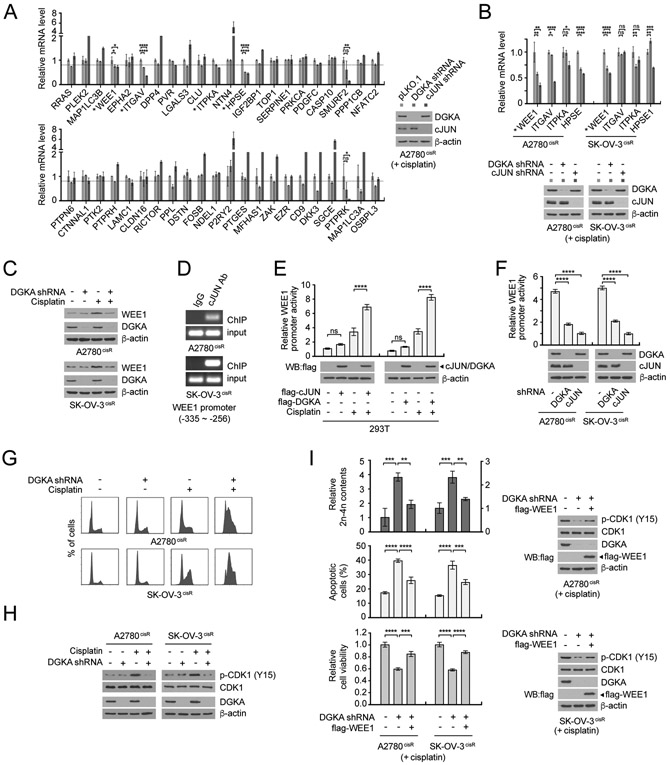Figure 5. DGKA-c-JUN promotes gene expression of WEE1 to control cell cycle upon cisplatin exposure.
A, Gene expression profile of potential DGKA-c-JUN downstream effectors. A2780cisR cells with DGKA or c-JUN knockdown were treated with a sublethal dose (5 μg/ml) of cisplatin for 48 hr. The mRNA level of each target gene was determined by qRT-PCR using GAPDH as a control. The genes significantly decreased in both DGKA and c-JUN knockdown cells are marked with asterisks. B, mRNA levels of top 4 candidates of (a) in A2780cisR and SK-OV-3cisR cells. Genes significantly decreased in both cell lines are labeled with asterisks. C, WEE1 protein levels in ovarian cancer cells with DGKA knockdown and cisplatin treatment were determined by immunoblotting. D, ChIP assay of c-JUN binding to WEE1 promoter. c-JUN antibody was used to enrich endogenous c-JUN in A2780cisR and SK-OV-3cisR cells. E-F, Effect of c-JUN or DGKA overexpression (E) or knockdown (F) on WEE1 promoter activity. G, Cell cycle profile of ovarian cancer cells with DGKA knockdown and cisplatin treatment. H, Levels of CDK1 Y15 phosphorylation in cells with DGKA knockdown and cisplatin treatment. I, Effect of WEE1 overexpression on cell cycle distribution, apoptotic cell population, cell viability, and CDK1 Y15 phosphorylation in cells with DGKA knockdown and cisplatin treatment. n=3 technical replicates. Results of one representative experiment from three (E, F, I), two (B-D, G, H) and one (A) independent experiments are shown. Error bars represent SD. P values were determined by one-way ANOVA (ns: not significant; *P < 0.05; **P < 0.01; ***P < 0.001; ****P < 0.0001).

